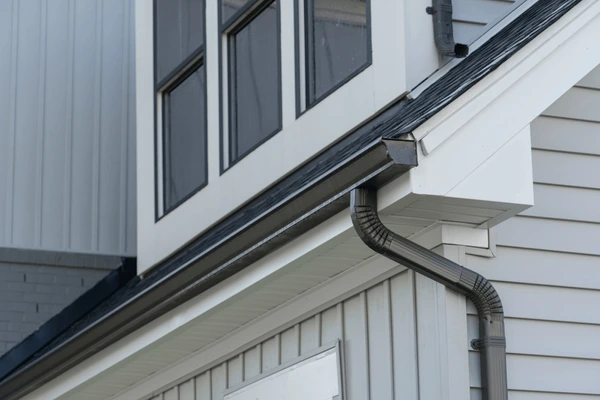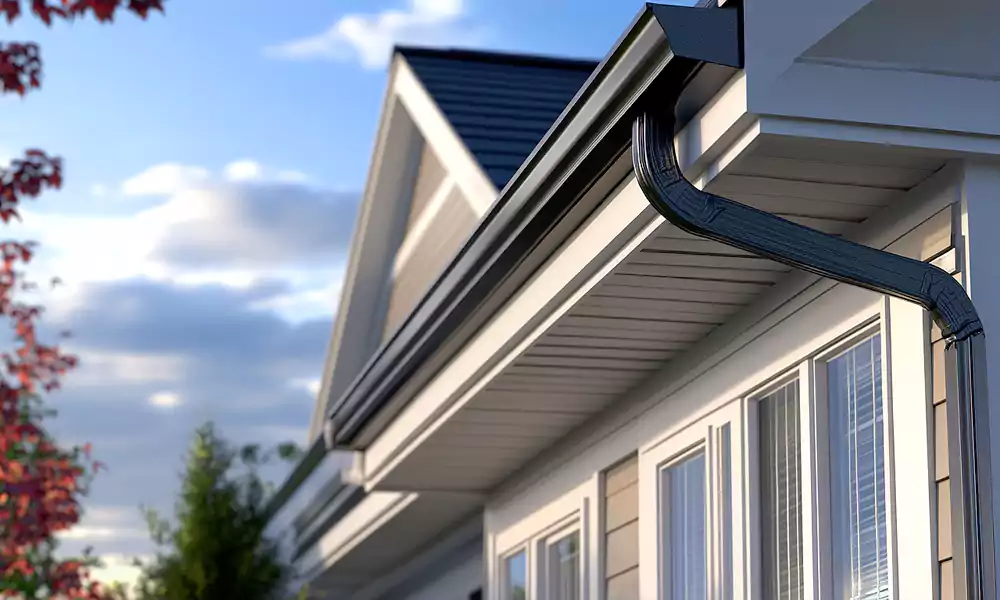Installing rain gutters might seem like a simple project, but getting it right requires precision, the right tools, and careful planning. Gutters that are improperly installed can lead to water damage, mold, and foundation issues. If you’re planning to take the DIY approach, here’s a step-by-step overview of how to install rain gutters the right way.
Step 1: Measure and Plan
Before installing anything, start by measuring the length of your roofline. Determine where downspouts will be located—ideally at corners or low points where water naturally flows. You’ll also want to plan for the slope: gutters should drop about ¼ inch for every 10 feet of run to ensure proper drainage.
Step 2: Choose the Right Materials
Choose a gutter material that best fits your climate, price point, and style. Aluminum is light, rust-proof, and a widely used choice. You will require gutters, downspouts, brackets, end caps, sealant, and screws. Ensure your materials are the same size and compatible.

Step 3: Mark the Slope
Mark the slope on the fascia board from the high end to the low end using a chalk line or level. This will be your reference point when attaching brackets and where water drains towards the downspouts.
Step 4: Install Gutter Brackets
Install gutter hangers or brackets along the line, 2 to 3 feet apart. Tighten them securely to the fascia with rust-proof screws. Heavy-duty brackets are advisable in heavily raining or snowing areas.
Step 5: Cut and Assemble Gutters
Trim gutter sections to length with a hacksaw or power cutter. Cap each end to close them off and join sections together with connectors or sealed joints. Where vinyl strips are being used, keep the ends tight and snapped into place.
Step 6: Mount the Gutters
Put every section in the brackets and hold them tight. Apply sealant to all joints and corners to avoid leaks. Ensure the slope is uniform in the run.
Step 7: Install Downspouts
Install drop outlets in locations where they are planned and attach downspouts with elbows and brackets. Hold downspouts to the wall and point them away from the foundation by the use of splash blocks or extensions.
Although it is a satisfying DIY project to learn about installing rain gutters, safety and accuracy should be the priorities. If unsure, have a professional do it to know that your system will work well and keep your home safe for years to come.




